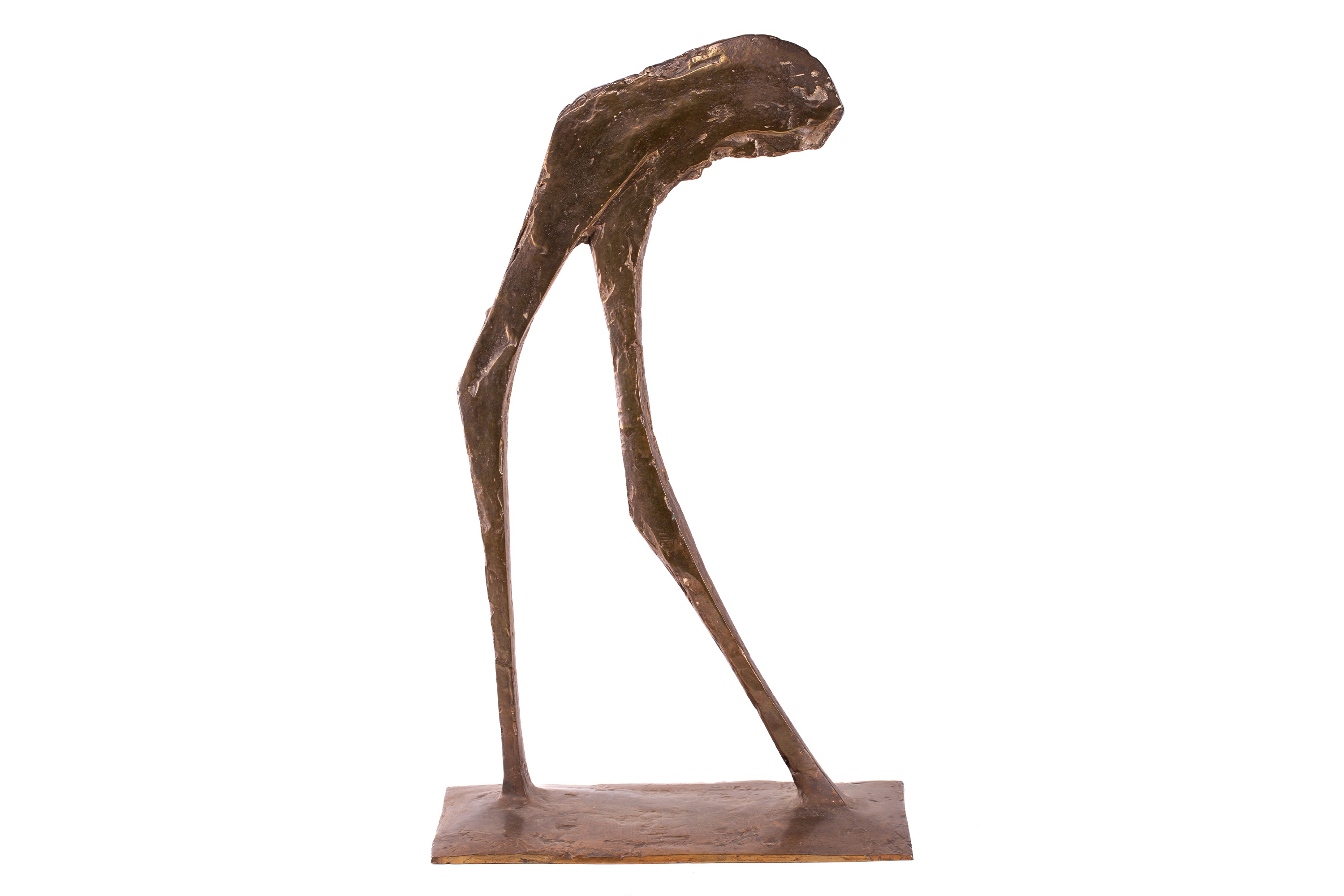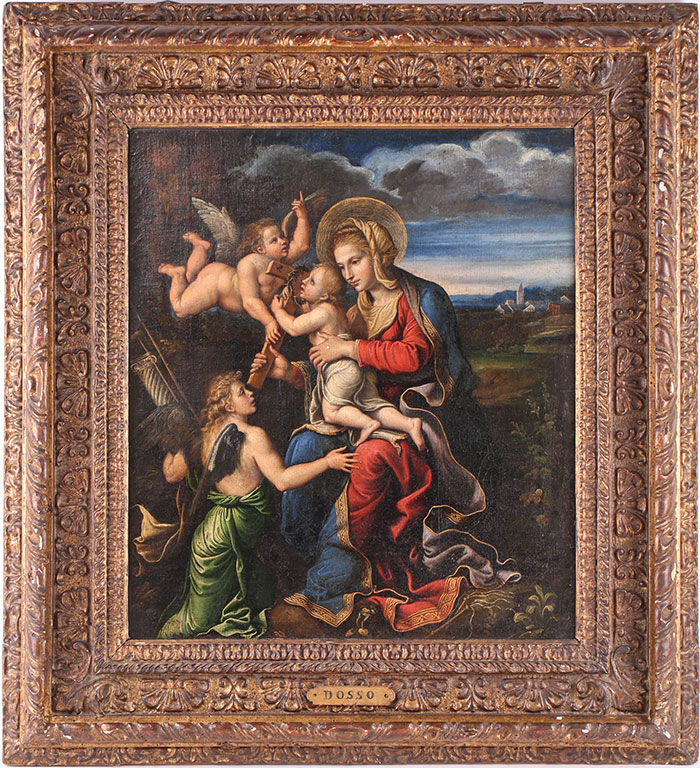How Do I Find Out What My Art is Worth?
We would always recommend seeking expert valuation advice
09/08/2024
We would always recommend conferring with an art expert when looking to accurately determine the market value of any potentially valuable artwork. Our highly skilled team of Valuers at Dawsons would be delighted to help you.
Dame Elisabeth Frink (1930 - 1993), Mirage
For those keen to initially ascertain potential value themselves, there are a few key factors which will need to be considered. The primary elements that influence the value of any art are:
· Is the artwork original? For instance, determining whether an image is an original watercolour versus a lithograph print can be tricky for the untrained eye. Establishing the medium and materials used is of paramount importance when determining the worth.
· Who is the artist? Once you know who the artist is you can consider their reputation and experience within the market. A detailed comparison of any signatures visible on the artwork against documented examples is certainly a worthwhile exercise.
· The subject matter - some works of art are more in demand than others. For example, while Lowry created many beautiful sketches of landscapes and seascapes, it is his urban scenes (particularly those more populated examples) that remain the most in demand.
· The technique and execution of the work - many artists styles evolve over their careers; interestingly, and depending on the artist, later more proficient pieces can either be more or less desirable than an earlier raw expression.
· Size and complexity of the piece - bigger isn’t necessarily better, these factors must always be evaluated subjectively.
· The age and condition – even when an artwork is antique and over 100 years old, if the condition of the canvas or board is poor it can seriously affect the value.
· The provenance or history – the record of ownership for a piece of art can be highly influential in establishing authenticity and historic significance, and a strong provenance will certainly attract a larger audience of potential suitors.
· Current market trends and demand – much like financial markets, art markets are subject to fluctuations, demand will significantly affect the value of art, which can significantly increase or decrease over time. Current market trends will guide the potential worth of any art.
Follower of Filippino Lippi (1457-1504), a depiction of the Madonna and Child with attendant angels
Once these primary elements have been considered, one can begin researching comparable sales of similar artworks which can help develop a greater understanding of the art’s potential worth. There are numerous online price guides, as well as printed editions available in libraries, museums, and certain galleries. Compare works from the same artist bearing in mind size contrasts, whilst ensuring the materials are like for like.
The world of art is immense and vast, and we would always recommend seeking expert valuation advice. Art dealers, galleries, or professional valuers (like those at Dawsons) are ultimately the best way to obtain an accurate assessment of your art's worth. Indeed, the expert team of valuers here at Dawsons have the industry knowledge, expertise, and access to historic sales data which will help furnish you with an accurate current market valuation.
REad more
How Do I Sell An Expensive Piece Of Art?
How Much Is Contemporary Art Worth?
Are you considering selling any potentially valuable artwork?
With a global audience of over 10 million active bidders, Dawsons can secure the highest prices.
Get in touch with an expert valuer for confidential sales advice, we would be delighted to help you:

